Vineyards: Sustainable, Organic, Biodynamic
As a winemaker, you learn over time that vineyards are like people—they are living, evolving entities that are shaped by the dual forces of nature and nurture. Some vineyards are beautiful and perfectly manicured; others eloquently show their years in the gnarl of their old vines, with roots that twist deep into the earth. What thrills and inspires me as a winemaker are vineyards that are rich in character, sites that translate into expressive and enthralling wines that give pleasure, but also make you think. Ultimately, making natural wines that let the vineyards speak is not enough—a vineyard needs to have something worthwhile to say. The Sonoma, Santa Barbara, Santa Cruz and Mendocino vineyards we work with do just this. They are singular sites that yield equally distinctive wines.
Saini Vineyard – Dry Creek Valley
Chenin Blanc
The Sainis are a multigenerational winegrowing family that have farmed grapes in Sonoma County's Dry Creek Valley for almost a century. Planted in 1981, in an old, dry riverbed filled with sandy loam soils, our 2-acre block of dry-farmed Chenin Blanc is grown on St. George rootstock. I fell in love with Saini Vineyard’s gnarled Chenin Blanc vines the second I saw them. With so few great Chenin Blanc sites remaining in California, I knew that if these vines had thrived for over 30 years, they must be something special—and they are. Because Saini is a warmer site, we don’t do too much canopy work. This ensures that the grapes are protected from the sun. Even so, we pick a bit earlier to preserve the natural acidity that so eloquently underscores Saini’s beautiful citrus, chamomile and jasmine notes.
Jurassic Vineyard – Santa Ynez Valley
Chenin Blanc
Planted in 1982, the sustainably farmed Jurassic Vineyard in Santa Ynez Valley is situated on rolling hills at an elevation of approximately 1,100 feet. The vineyard takes its name from the site’s fossil-rich soils. These well-drained, limestone-laden sandy soils produce small vines and clusters. Jurassic’s own-rooted Chenin Blanc vines generally ripen about three weeks later than our Dry Creek Valley Chenin Blanc and yield a very different expression of the grape, offering lovely texture, abundant minerality and exotic stone fruit flavors.
"Peaberry" – Mendocino County
Chenin Blanc
This vineyard is located in the southeastern hills of Ukiah. Planted in the mid-1970s on a gentle slope in Pinole gravelly loam soils, the site’s old Chenin Blanc vines yield tiny, beautifully concentrated berries—thus the name Peaberry.
Santa Cruz Mountains – Scotts Valley
Chardonnay
The Chardonnay grapes come from a single vineyard located in the southern hills of Scotts Valley, just four miles from the town of Santa Cruz and the Pacific Ocean. The dry-farmed Chardonnay vines on this site were planted in 1998, in sandy soils rich in marine deposits. Surrounded by forests, and featuring a north-south row orientation, these vines yield small, tiny-berried clusters. While this is a very cool vineyard that produces grapes with great acidity, the fruit also achieves lovely ripeness at low sugar levels.
Provisor Vineyard - Dry Creek Valley
Grenache
Located in the southeast corner of Dry Creek Valley, in the famed Lytton Springs District, Provisor Vineyard is a small 3.5-acre gem. Organically farmed by Susan and Doug Provisor, the vineyard’s prized red rock soils are planted to Tablas Creek Clone D Grenache in ideal north-south rows that run down a gently sloping hillside. Provisor features 110 R rootstock and 5’ by 8’ vine spacing. Because it is a warm, dry site, Provisor’s Grenache always achieves beautiful ripeness, while still preserving wonderful natural acidity and tannins.






